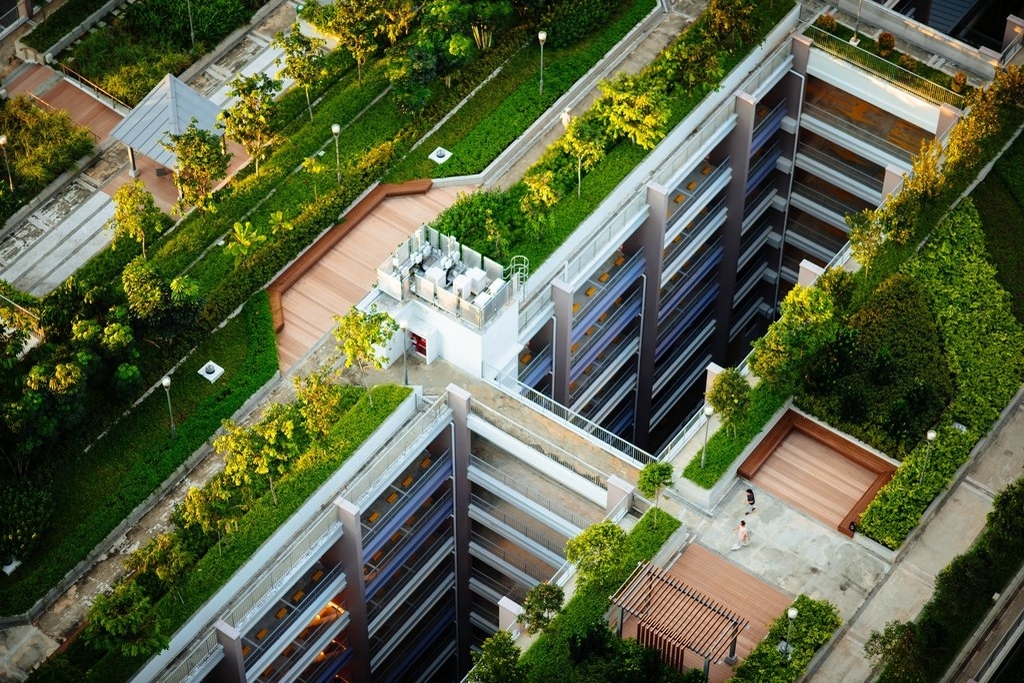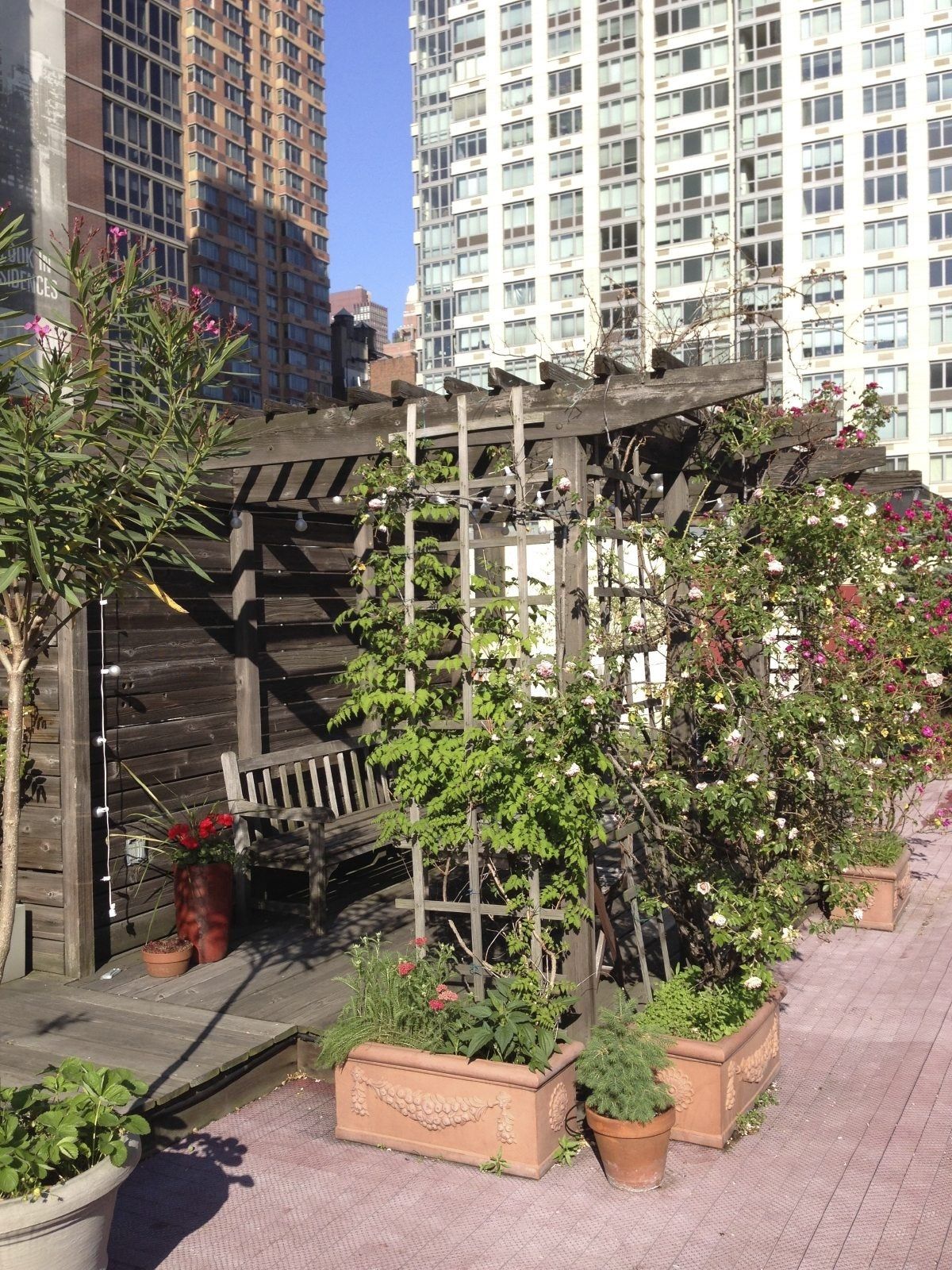An Unbiased View of City Blooming
An Unbiased View of City Blooming
Blog Article
The Ultimate Guide To City Blooming
Table of ContentsSome Ideas on City Blooming You Need To KnowGet This Report about City BloomingGet This Report about City BloomingMore About City BloomingThe Greatest Guide To City Blooming
Fascinated in growing food for sale in the City of Chicago? Below is a list of frequently asked concerns regarding the policies and laws that farmers should consider when preparing an urban agriculture job.
The zoning modification does not change any type of other codes taking care of composting, structure permits, purchasing or leasing City owned building, organization licenses or environmental contamination. There are existing codes that manage these problems and they continue to be completely result and might be applicable to your project. Neighborhood yards are normally possessed or handled by public entities, civic organizations or community-based organizations and kept by volunteers.
Urban ranches grow food that is intended to be marketed, either on a nonprofit or for-profit basis. Due to their business purpose, urban ranches need a company license.
Facts About City Blooming Uncovered
The amount of compost product can not go beyond 25 cubic lawns at any type of given time according to the criteria in 7-28-715 of the City's Municipal Code. Due to the fact that the soil at a lot of new garden sites needs changing, compost, dirt, timber chips, or other materials can be obtained to construct or enhance the growing area.

If a building permit is required after that the hoophouse will certainly be thought about an accessory structure. You can locate out even more about the structure permit demands by speaking to the Department of Structures. The 25,000-square-foot size limit is intended to avoid a solitary neighborhood garden from dominating a provided block or taking away from the block's existing household or business personality.
The limitation does not apply to gardens located in Public Open Room (POS) districts. Can there be more than one community yard that is 25,000 square feet on a solitary block? Fencing is not required, however, yards that have huge car parking locations may be called for to install secure fencing or other landscaping attributes.
The Best Guide To City Blooming
B1 & B2 areas need that all business use tasks be carried out inside your home. Is secure fencing needed for city ranches? Fencings might be needed, along with landscaping and testing, for specific parking locations and exterior job or storage areas depending on place and the certain task taking place.
Urban farms need structure authorizations and zoning authorizations prior to building and construction (City gardening). Various other kinds of city review might be required depending on specific frameworks, tasks, dimension, landscaping, licensing, public health and stormwater administration problems.
Yes. The kind of permit is figured out by what is taking place at the website. The Department of Company Affairs and Customer Security can assist determine the particular kind of business certificate that's required. Yes. Off street parking is required for many business jobs in Chicago. The called for variety of car park rooms is based on the variety of employees functioning on website and not the Our site square video footage of the growing space.
City Blooming for Beginners

An urban farm can sell garden compost product generated on website, however, the operation must conform with the laws in 7-28-715 of the Chicago Municipal Code. Aquaponic systems are permitted inside on metropolitan farms in several zoning districts.
Up to five hives or nests of honey may be kept as an accessory usage. Nevertheless, beekeepers should sign up with the Illinois Department of Agriculture. To find out more regarding the recommended zoning modification you may contact the Division of Real Estate and Economic Advancement, Bureau of Preparation and Zoning at 312.744.8563.
Farming in cities and city areas A city farm in Chicago. Urban agriculture describes different practices of cultivating. https://www.tumblr.com/cityblooming1/754396373643853824/welcome-to-our-website-city-blooming-is-all-about?source=share, handling, and distributing food in urban locations. The term also puts on the location tasks of animal husbandry, tank farming, beekeeping, and cultivation in a metropolitan context. Urban agriculture is identified from peri-urban farming, which occurs in backwoods at the edge of suburban areas.
9 Simple Techniques For City Blooming
, that seek to develop social networks established on a common ethos of nature and neighborhood holism. These networks can develop by way of official institutional support, ending up being incorporated right into regional town preparation as a "shift community" movement for lasting city growth.
Some of the very first evidence of urban agriculture comes from Mesopotamia.
Report this page